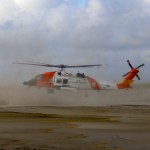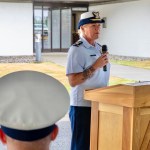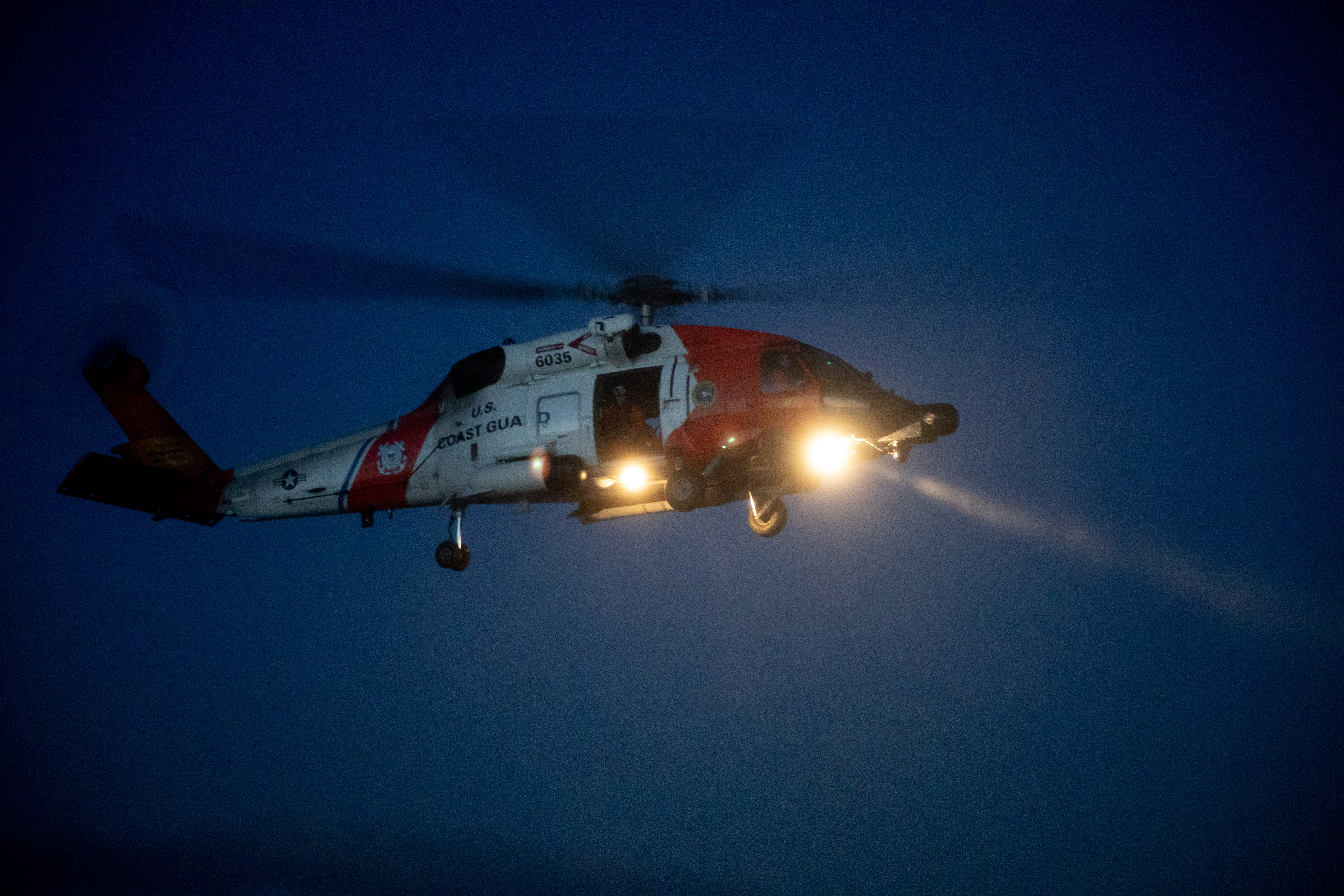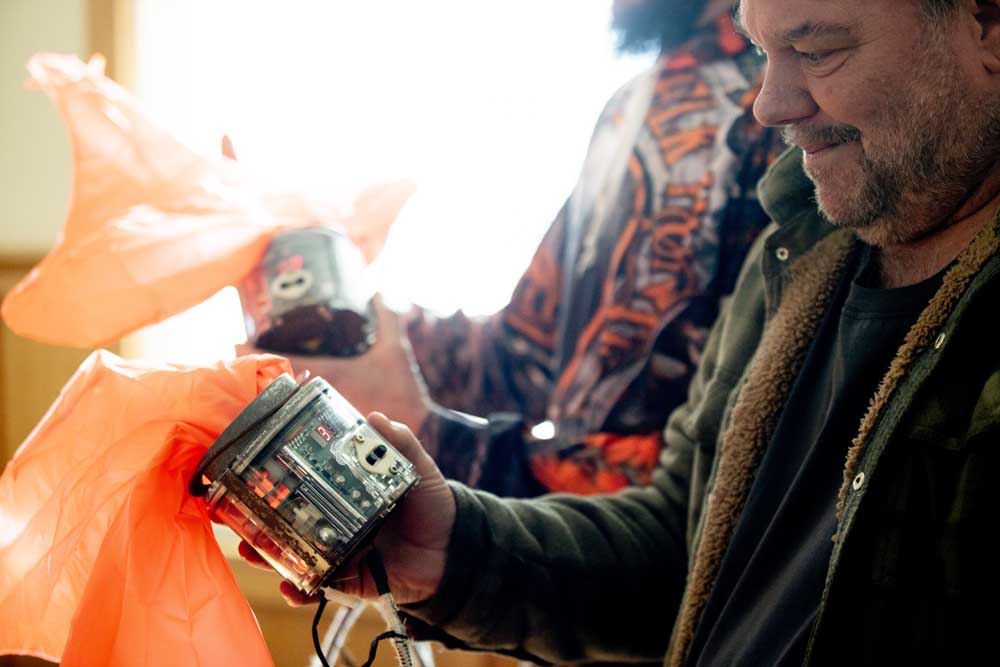USCG Advanced Helo Rescue School marks 30 years: Locally trained rescue swimmer hailed as hero
Published 4:37 pm Monday, July 14, 2025



ASTORIA — Thirty years ago, U.S. Coast Guard Rescue swimmers in Astoria started a new school that would serve as the training foundation for producing premier hoisting and maritime rescue service crew, a program that would expand from the Pacific Northwest to impact helicopter hoist rescues nationwide, including most recently in deadly flooding in Texas.
On July 7, CNN profiled U.S. Coast Guard rescue swimmer Scott Ruskan, who was hailed as a hero for helping save more than 150 lives during historic flooding in Kerr County, Texas. More than 130 others perished in the flood over July 4th weekend, when at least 20 inches of rain rapidly surged over the banks of the Guadalupe River.
It was the first rescue mission for Ruskan, 26, who was trained at the Coast Guard Advanced Helicopter Rescue School in Astoria earlier this year, a program that first started in 1995 and has since grown to impact helo rescues well beyond the Pacific Northwest.
Trending
Rugged training
The course is five days, held in the fall and late winter, where the surging Columbia River clashes with the Pacific Ocean, a notorious area called the Columbia River Bar that creates ‘dynamic’ ocean conditions described as ‘being in a washing machine’ with unpredictable waves patterns from seemingly every direction.
“We harness those conditions,” said U.S. Coast Guard commander Adam Young, 48, a helicopter pilot for the past 22 years and instructor at the Advanced Helo Rescue School (AHRS), in Astoria.
Each class is small, Young explained, typically comprising only eight rescue swimmers with various backgrounds from across the country. Many are former competitive swimmers, but all bring a unique mental toughness and fortitude.
“Competive water polo players are drawn to this profession, people who have been scuba divers, snorkelers or surfers their whole life,” Young said.
But not all helo rescue swimmers are born from swimming backgrounds, some come from coastal cities and small towns across the midwest.
Trending
“Occasionally you get a kid from the Midwest who was maybe a wrestler, but they work hard at becoming capable, proficient and confident in the water,” Young said. “They bring mental aspects from a different background. The training environment teases out the intangibles of the profession.”
The attrition rate for rescue swimmers is extremely high (80%), comparable to that of the Green Berets (77%), a reflection of the intense training required.
“The training is challenging because it’s physically demanding with a critical mental component, water confidence is very demanding,” Young said. “You have to be comfortable and capable in the water. They will put you in uncomfortable situations. They will increase the stress and ask you to perform under duress.”
Thirty years of innovation
Established in 1995 by Rescue Swimmers for Rescue Swimmers, the Coast Guard Advanced Helicopter Rescue School (AHRS) rapidly evolved into unmatched “whole aircrew” rotary-wing training, according to a press release from the Coast Guard.
Led by the rescue swimmer community, AHRS has set the standard in training rotary-wing aircrews to execute a myriad of rescues in challenging circumstances for three decades.
Historically, the training focus has been on precise cliff hoists, coastal cave rescues, and highly dynamic hoists in heavy seas, but over the last decade the program was modified to also include “urban” and “inland” rescue. According to the Coast Guard, “AHRS’ elite training environment instills growth and confidence, and strengthens essential adaptation skills, transforming aircrews into capable rescuers despite the situation.”
Change in Ilwaco
In separate news, Chief Warrant Officer Beth Slade assumed command of the National Motor Lifeboat School from Chief Warrant Officer William Armstrong on July 9.
Slade is now responsible for leading a team of 60 Coast Guard women and men serving as a “center of excellence for the Motor Lifeboat platform,” the service said in a statement.
Slade is reporting from her previous command at Station Yaquina Bay in Newport. With 28 years of service, she is distinguished as one of the Coast Guard’s few personnel classed as a master surfman, having held a surfman qualification for more than 20 years.
In one of many online congratulations, Joe Anthony said, “Congrats, Beth. Proud for you and of you. One of the best leaders I’ve ever met.”
The National Motor Lifeboat School provides “C” school resident training as well as MLB readiness and standardization assessments. “C” School courses, taught at USCG training centers, are for experienced mariners who are progressing through a career field.
On May 23, the Coast Guard permanently relieved Chief Warrant Officer Timothy Crochet, the school’s previous commander, “following an investigation leading to loss of confidence in his judgment and ability to fulfill his assigned duties.”












